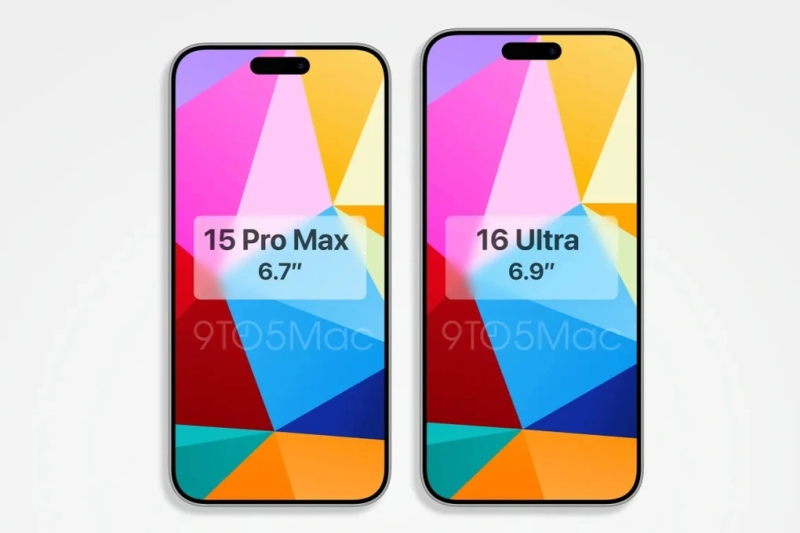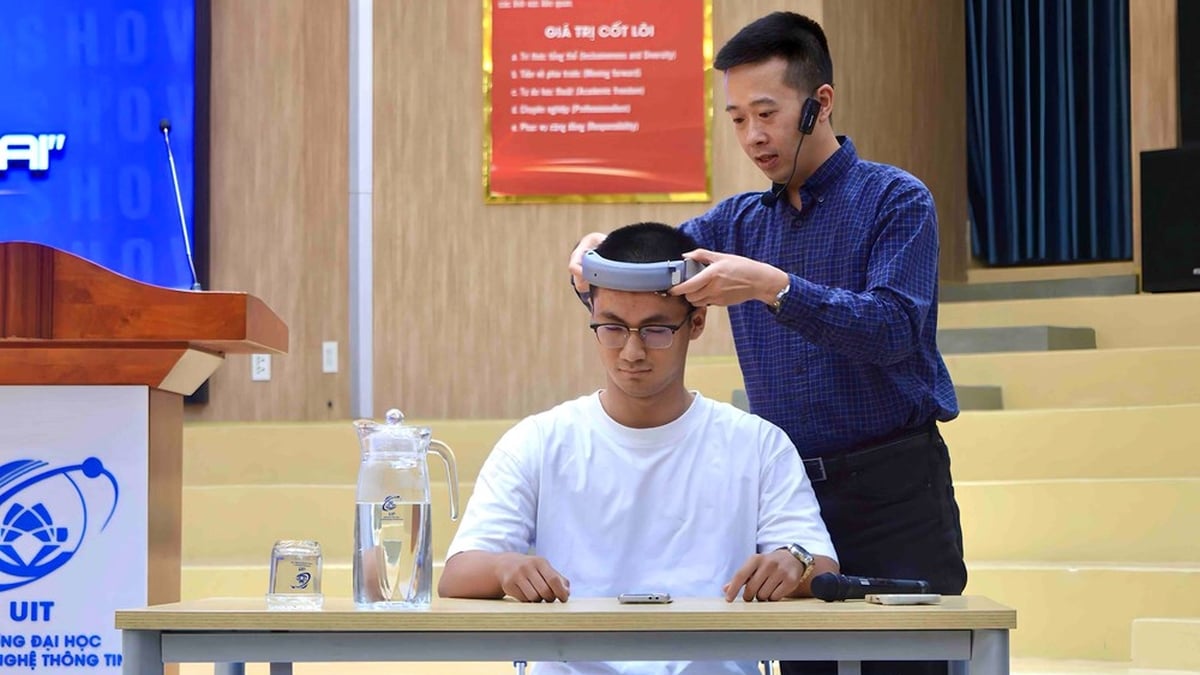According to analyst Jeff Pu, the iPhone 16 will be equipped with an A18-branded processor. Specifically, the iPhone 16 and iPhone 16 Plus duo will use the A18 chip. Meanwhile, the iPhone 16 Pro and iPhone 16 Pro Max duo will use the A18 Pro chip.
 |
| The screen size of the iPhone 16 Pro and iPhone 16 Pro Max duo may be larger than the previous version. |
These A18 chips will be manufactured based on TSMC's second-generation 3nm process (N3E). This change is expected to help save production costs, but still ensure performance compared to the current N3B manufacturing process.
In addition, analyst Ross Young from Display Supply Chain Consultants also revealed that the screens of the iPhone 16 Pro and iPhone 16 Pro Max duo will be increased in size to 6.3 inches and 6.9 inches, respectively.
According to leaked sources, the overall size of the iPhone 16 Pro Max will not have much difference in width compared to its predecessor. Instead, the product will be designed to be longer to create a comfortable feeling when holding.
Meanwhile, the iPhone 16 and iPhone 16 Plus duo will likely retain the old sizes of 6.1 inches and 6.7 inches. This continues to be seen as a move to decentralize Apple's products.
The iPhone 15 Pro Max is currently the only iPhone model equipped with a periscope lens for 5x optical zoom. It is expected that Apple will also equip this new technology on the iPhone 16 Pro version next year, instead of only integrating it into the Pro Max line as it is now.
Since the iPhone 13 generation, Apple has used a design of two diagonally placed lenses on the camera cluster of the device. According to MacRumors, the rear camera system on the iPhone 16 will be arranged vertically, similar to the iPhone 12 generation. This change will be applied to the iPhone 16 and iPhone 16 Plus duo.
Sources from The Elec also said that the iPhone 16 Pro will be equipped with Face ID technology under the screen.
Accordingly, Apple is said to move the components needed for Face ID authentication directly under the iPhone's display by 2024. When not in use, the TrueDepth camera system will become more seamless with the surrounding screen area.
Source




































































































Comment (0)